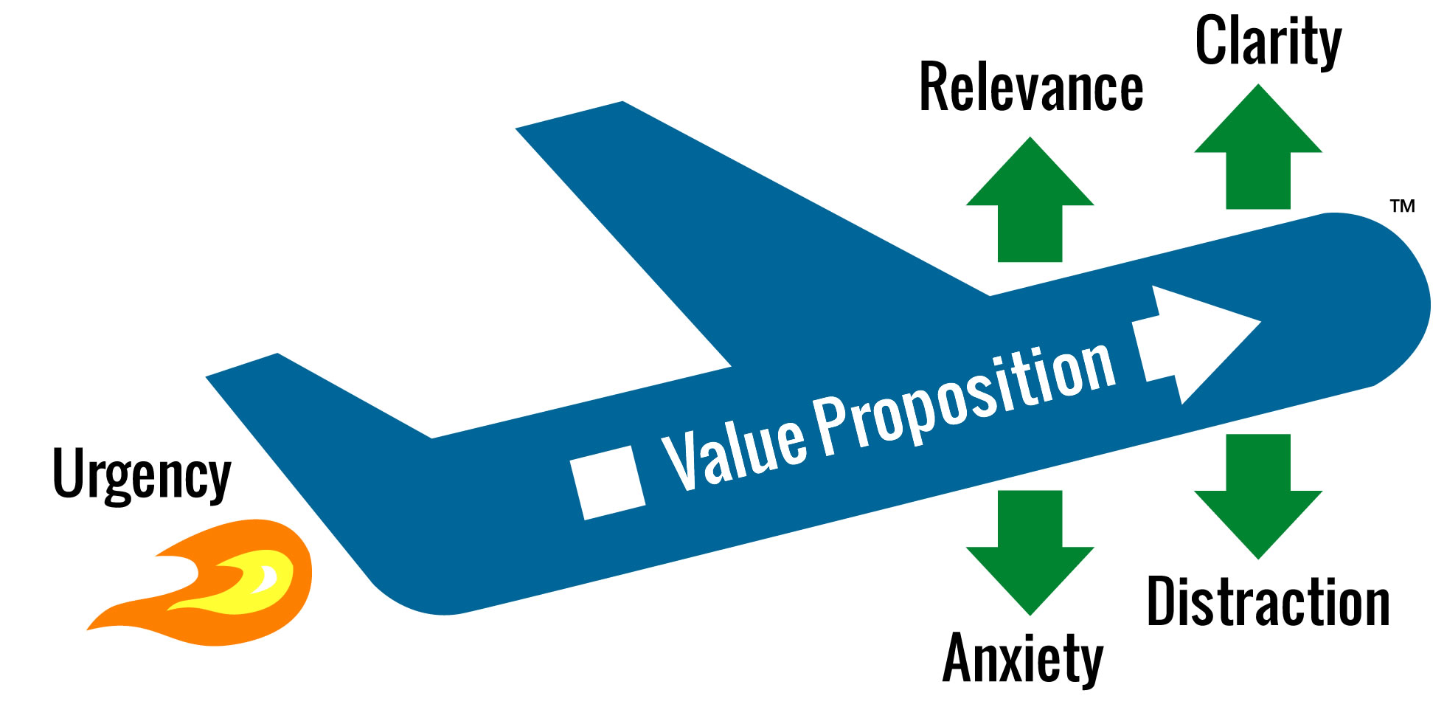Even though many marketers believe “content is king,” when it comes to ecommerce sites, content is often anything but king. Conversion optimization testing, sales copy, and general site copy often take a back seat to testing design elements, the checkout process, and other aspects of the site.
But if you’re running an ecommerce site and you’re not testing your copy, you could be missing a huge opportunity to boost your sales.
Sure, unless you’re an online bookseller, no one comes to your site looking for a good read. But copy plays a much bigger role in the conversion process than many people give it credit for.
Think about flesh and blood salespersons. What they say to you on the sales floor — and how they say it — is crucial to your decision to buy. Increasing sales is about persuasion, online or off. But sales are also about clarity. Are your visitors clear about the value you offer as a retailer, the benefits of the product they’re considering, and how the sales and checkout process will work?
Copy Can Affect your Conversion Rate
When our conversion optimization experts analyze a website to identify the conversion barriers, we will usually identify plenty of copy elements that can be improved, even on the best ecommerce sites.
One of the keys to success is to use framework thinking. Using frameworks to structure your thoughts can help to think through the issues and find the best opportunities.
The L.I.F.T. model — “Landing page Influence Function for Tests” — is a framework we developed at WiderFunnel, my firm, for developing powerful A/B test hypotheses. It shows the six key factors that are affecting your conversion rate.

The L.I.F.T. model shows the six factors that affect your conversion rate, and that can be used to develop test hypotheses.
As the L.I.F.T. model shows, the vehicle that provides the potential for the conversion rate is your value proposition, making it the most important of the six factors. The other five are either conversion drivers or inhibitors.
The three core conversion drivers — factors that can increase your conversion rates — are “Relevance,” “Clarity,” and “Urgency.”
- Relevance. Does the copy on the page relate to what the visitor thought he was going to see when he clicked on a link to your page? Your copy must use language visitors can relate to and be consistent with the incoming link or they will be disoriented and leave the page.
- Clarity. Does the landing page clearly articulate the value proposition? Clarity of content is often the most common of the six factors that ecommerce sites struggle with. If it’s hard to scan or understand, it can’t do its job.
- Urgency. Is there an indication that the action needs to be taken now? The tone of the copy, offers, and deadlines can all influence urgency.
The conversion inhibitors — factors that drag down your conversion rates — are “Anxiety” and “Distraction.”
- Anxiety. What are potential misgivings the visitor could have about shopping on your site? Anxiety is a function of the credibility built with the visitors and the trust they are asked to have. Is your copy (or lack of copy) creating any anxiety for your prospects?
- Distraction. Is there content on the page that could divert visitors away from the web page objective? Sometimes too much copy — or the wrong copy at the wrong time — can hinder conversions.
4 Tips for Testing Copy on an Ecommerce Site
Here are four tips to help decide which copy elements to test on your ecommerce site.
- Headlines. What’s your value proposition? Is it clear? If your headline does one thing, it needs to communicate your value. Do visitors understand by scanning your headline why they should buy from your site, and not your competitors?
I often find sites that have buried their value proposition deep in the copy, or in a graphic element that gets passed over. Testing your headline can yield surprising results. Your visitors want to understand your value proposition, but they have a limit on the mental processing they will invest in doing that. Make it easy, compelling, and clear.
- Transactional messages. Clarifying expectations — from when customers can expect their shipments to what will happen when they click the order button — reduces buyer anxiety and can dramatically boost conversion rates.
Managing expectations is important throughout ecommerce sites, but often the most important copy on ecommerce site is not the sales copy. The most important is the copy that guides customers through the buying and checkout process. You may not think of it as marketing copy. But this copy drives action; it guides the customer towards completing the sale. Increasing clarity and reducing anxiety are crucial at this stage.
So if you’re still using the boilerplate copy that your ecommerce platform came with, you need to test alternate copy.
- Tone. Even the tone of the copy can play a big role. One client of my firm is a non-profit organization that responds to the world’s worst humanitarian crises. As we were looking at ways to boost the conversion rate on the client’s donation form, we wanted to test the impact positive language would have.
The copy at the top of the control version of the form simply said “Please select your tax-deductible gift amount below.” As a call-to-action, it was clear but not especially compelling.
We believed more a personalized, positive call-to-action would have a big impact. So this test variation changed the call-to-action to say, “Yes I will donate a tax deductible gift of:”. We also added the message “Every gift counts. Thank you!” to the form.
From a technical point of view, it was an easy change to test. From a copy point of view, it was only 14 words. But the impact of this positive messaging was huge: Conversions on this variation jumped more than 30 percent.
Even more exciting, donation revenues from the change in tone increased by 94.6 percent.
- Ideas, not words. Remember, with all testing — especially copy testing — to avoid testing words arbitrarily.
If you don’t have a focused hypothesis for the test, then don’t test it. Why? Because test results that don’t have a solid hypothesis behind them prove one thing for one page (people liked “Save Lots of Money” better than “Save Lots of Dough”) but don’t teach you anything that can be applied to the rest of the copy on the site.
If you have a solid hypothesis driving the test, then you can apply those results across all the copy on your site. The test for the non-profit site above indicates that positive, reinforcing language may be a powerful driver that could be used in all of its communications. The non-profit can run follow-up tests of similar approaches to find out if that pattern works consistently.
So if you’re testing the effect of customer-focused copy (“You’ll love how long this drill holds its charge!”) versus product focused (“This drill holds its charge for a long time.”), you might learn something about how your customers react. That lesson can then apply site-wide, and even into your other marketing and communication efforts.
Bonus Benefit of Testing Copy
The bonus benefit to testing copy is this. Many merchants use ecommerce platforms that don’t allow a lot of freedom for moving elements or making the kind of changes you may want to make without paying for expensive changes to your core templates. Copy, on the other hand, can be the easiest elements to change and test.
So while you’re focused on the classic merchandising aspects of your site and trying to get more products into carts, don’t neglect the benefits of testing copy. It may generate the best return from your testing efforts.




